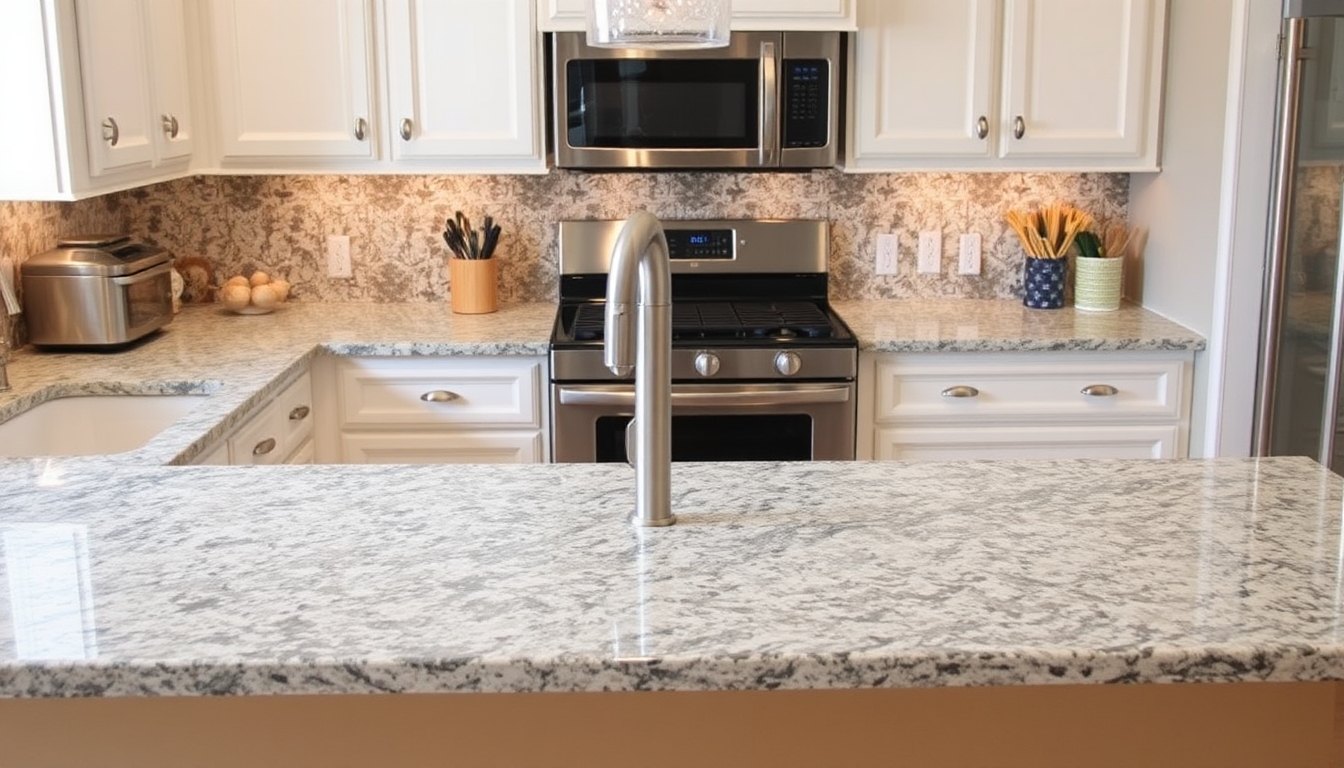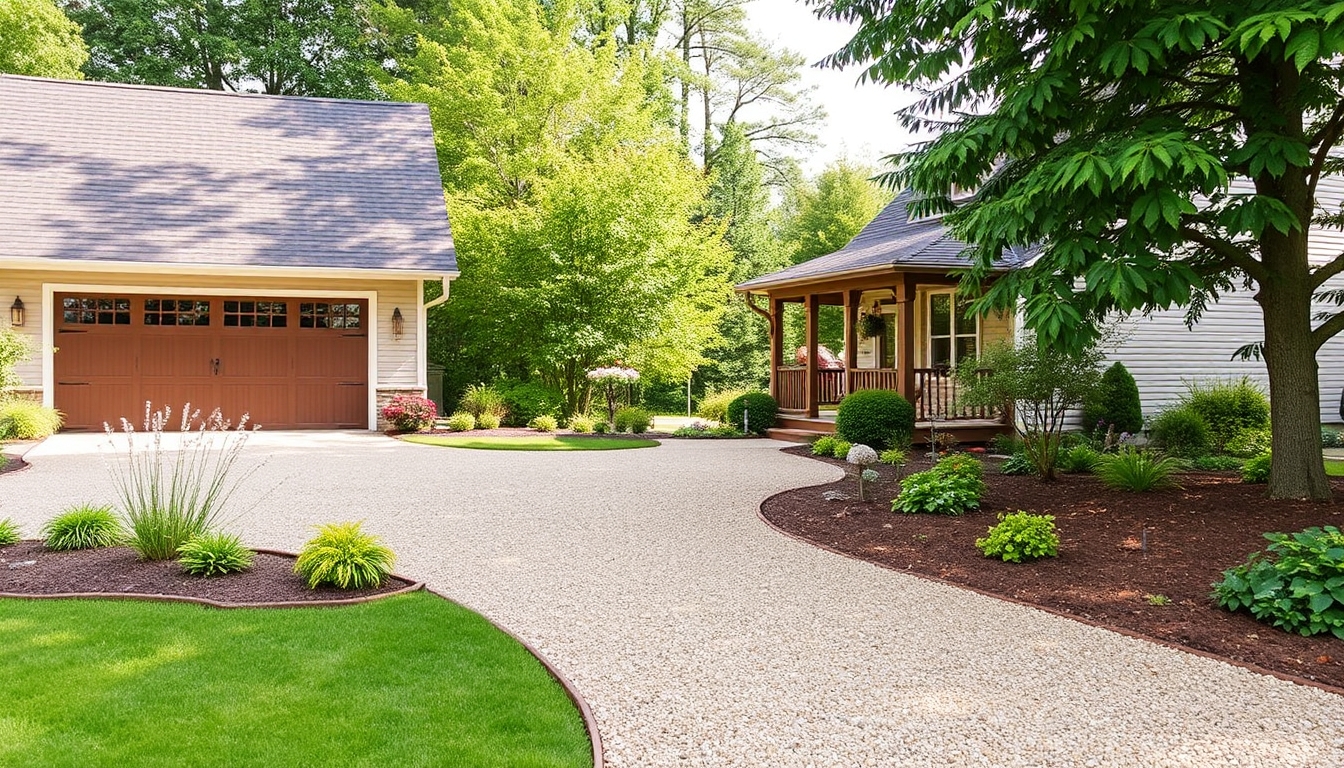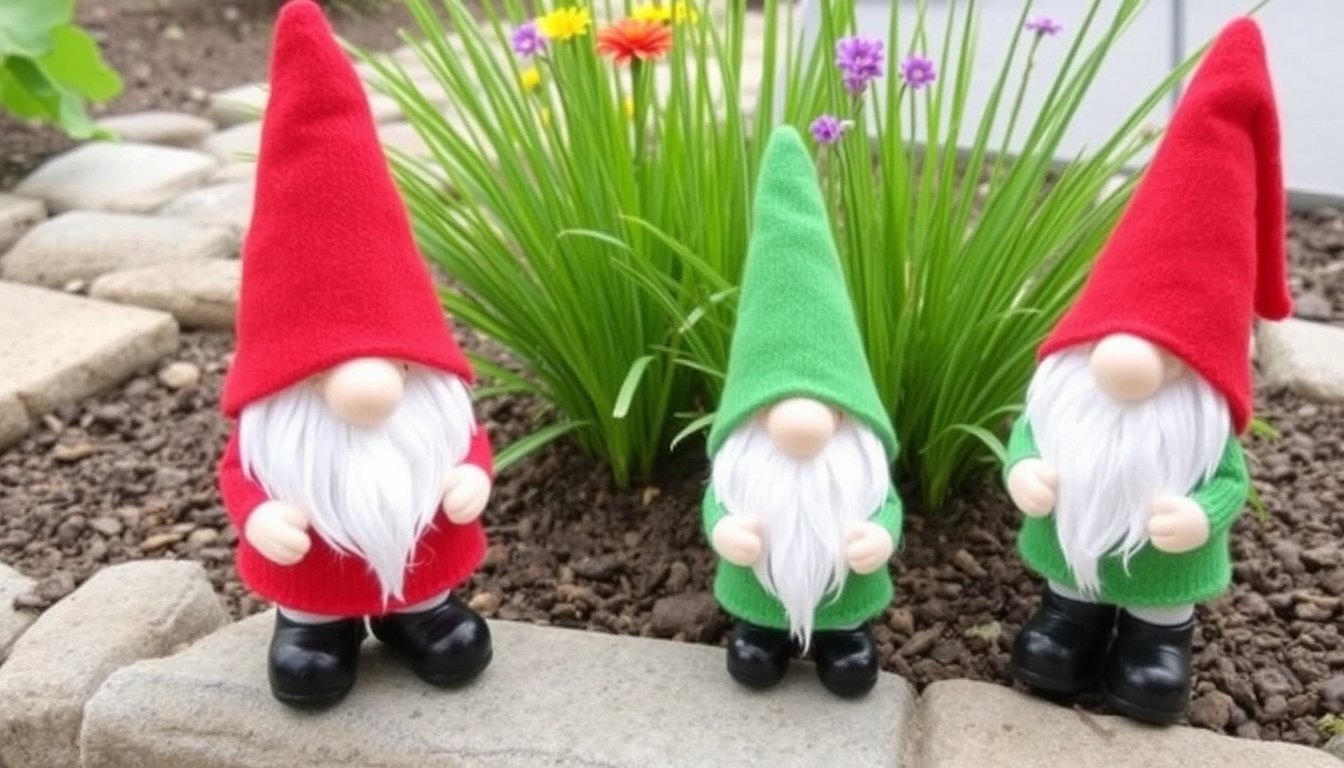Are you tired of dealing with slow or clogged drains? Before reaching for a commercial drain cleaner, why not try a do-it-yourself Drano alternative? Not only can these homemade solutions save you money, but they are also often safer for your pipes and the environment. In this article, we will explore some effective DIY Drano substitutes that can help you achieve a smooth-flowing drain without resorting to harsh chemicals. So, if you’re ready to unclog those pipes and avoid potential plumbing disasters, read on to discover these handy and eco-friendly remedies.
Understanding the Limitations of Commercial Drain Cleaners
Commercial drain cleaners, like the popular brand Drano, may seem like a convenient solution to unclog your drains quickly. However, it’s essential to understand their limitations and potential drawbacks.
One major concern with commercial drain cleaners is their harsh chemical composition. These cleaners often contain caustic ingredients such as sodium hydroxide or sulfuric acid. While these chemicals can dissolve clogs, they can also corrode your pipes over time, leading to costly repairs or replacements.
Moreover, commercial drain cleaners are not environmentally friendly. When poured down the drain, these chemicals can end up in waterways, polluting the environment and harming aquatic life.
Another limitation of commercial drain cleaners is their effectiveness on certain types of clogs. They may work well on simple hair or grease blockages, but they might not be as effective against more stubborn clogs caused by mineral buildup or foreign objects.
The Benefits of DIY Drano Alternatives
Fortunately, there are several DIY Drano alternatives that can help you unclog your drains effectively while minimizing the risks associated with commercial drain cleaners.
One of the main advantages of DIY solutions is that they often use natural ingredients that are safer for your pipes and the environment. These ingredients, such as baking soda, vinegar, or lemon juice, can provide effective cleaning and deodorizing properties without the harsh side effects of chemicals.
Additionally, DIY Drano alternatives can be customized to target specific types of clogs. For instance, a mixture of baking soda and vinegar can create a foaming action that helps break down organic matter, while a combination of salt and hot water can help dissolve mineral deposits.
By opting for DIY Drano alternatives, you not only save money but also have greater control over what goes into your drains, reducing the risk of long-term damage and environmental pollution.
Effective DIY Drano Alternatives
Now that we understand the limitations of commercial drain cleaners and the benefits of DIY alternatives, let’s explore some effective homemade remedies to unclog your drains:
1. Baking Soda and Vinegar
This classic combination can work wonders on minor clogs. Start by pouring half a cup of baking soda down the drain, followed by half a cup of vinegar. Cover the drain with a plug or cloth to contain the fizzing action. After about 30 minutes, flush the drain with hot water.
2. Salt and Hot Water
If your clog is caused by mineral buildup, this method can be effective. Mix a quarter cup of table salt with boiling water and pour it down the drain. Let it sit for a few minutes, then flush with hot water to dissolve the minerals and clear the blockage.
3. Baking Soda and Salt
For grease or fat-based clogs, this combination can help break them down. Mix half a cup of baking soda with half a cup of salt and pour it down the drain. Let it sit for a while, then flush it with hot water. The abrasive nature of salt, combined with the cleaning properties of baking soda, can help remove grease and keep your drains flowing smoothly.
4. Boiling Water
When dealing with a simple hair clog or a minor blockage, sometimes all you need is plain boiling water. Carefully pour a kettle or pot of boiling water down the drain in two to three stages, allowing it to work for a few seconds between each pour. Be cautious when handling boiling water to avoid burns.
Remember, while these DIY Drano alternatives are generally safe for most types of pipes, it’s always a good idea to test them on a small area first or consult a professional if you’re unsure about your specific plumbing system.
By using these effective and eco-friendly DIY Drano alternatives, you can keep your drains clear and flowing without resorting to harsh chemicals or causing harm to the environment.
Tips for Preventing Future Drain Clogs
While knowing how to unclog drains is essential, taking preventive measures can save you the hassle of dealing with clogs in the first place. Here are some tips to help you maintain clear and healthy drains:
1. Use Drain Screens
Install drain screens or stoppers in sinks, showers, and tubs to catch hair, food particles, and other debris before they go down the drain. Regularly clean and remove any collected debris to prevent clogs.
2. Dispose of Grease Properly
Avoid pouring grease, cooking oil, or fat down the drain, as they can solidify and cause blockages. Instead, let them cool and dispose of them in a sealed container or throw them in the trash.
3. Regularly Clean Drains
Perform routine drain maintenance by flushing your drains with hot water once a week. This helps prevent the buildup of residue and keeps your pipes clear.
4. Be Mindful of What Goes Down the Drain
Avoid flushing non-biodegradable items, such as cotton balls, wipes, or feminine hygiene products, down the toilet. Dispose of them in the trash to prevent potential toilet clogs.
5. Avoid Chemical Drain Cleaners
To maintain the health of your pipes and the environment, it’s best to steer clear of commercial drain cleaners altogether. Stick to the eco-friendly DIY alternatives mentioned earlier or consider seeking professional plumbing assistance if necessary.
By implementing these preventative measures, you can significantly reduce the risk of future drain clogs and enjoy hassle-free plumbing in your home.
When to Seek Professional Help
While DIY Drano alternatives can often resolve minor drain clogs, there are instances where it’s best to call in a professional plumber. Here are some signs that indicate you may need professional assistance:
1. Persistent Clogs
If you’ve tried multiple DIY methods and the clog persists or keeps recurring, it could be an indication of a more significant issue in your plumbing system. A professional plumber can assess the situation and provide a targeted solution.
2. Foul Odors or Gurgling Noises
If you notice unpleasant odors coming from your drains or hear gurgling sounds when using the plumbing fixtures, it could be a sign of a more extensive blockage or ventilation problem. A plumber can diagnose the issue and take appropriate measures to restore proper drainage.
3. Multiple Clogged Drains
If you have multiple drains in your home that are experiencing simultaneous clogs, it may indicate a problem with the main sewer line. This requires professional attention to prevent further damage and ensure proper functioning of your plumbing system.
4. Slow Draining or Backed-Up Water
If water is slow to drain or backs up in sinks, showers, or toilets, it’s an indication of a severe clog or blockage. Attempting to fix it yourself may worsen the problem. Contacting a professional plumber will help resolve the issue safely and efficiently.
Remember, professional plumbers have the expertise, tools, and knowledge to handle complex plumbing issues. Don’t hesitate to seek their assistance when DIY methods prove insufficient or when faced with more serious plumbing concerns.
Conclusion
Dealing with drain clogs can be a frustrating and inconvenient experience, but with the right knowledge and tools, you can effectively unclog your drains without relying on commercial drain cleaners. DIY Drano alternatives offer a safer and more eco-friendly approach to maintaining clear and healthy plumbing.
By understanding the limitations of commercial drain cleaners and the benefits of DIY solutions, you can make informed choices when it comes to unclogging your drains. Whether you opt for baking soda and vinegar, salt and hot water, or other homemade remedies, these natural alternatives can help you achieve a smooth-flowing drain while minimizing the risk of pipe damage and environmental harm.
Additionally, taking preventive measures such as using drain screens, properly disposing of grease, and regularly cleaning your drains can help prevent future clogs and maintain the overall health of your plumbing system.
However, it’s important to recognize when it’s necessary to seek professional help. Persistent clogs, foul odors, multiple clogged drains, or slow draining and backed-up water are signs that indicate the need for a professional plumber’s expertise.
By combining the use of DIY Drano alternatives, preventive maintenance, and professional assistance when needed, you can keep your drains clear, your pipes healthy, and enjoy a smoothly functioning plumbing system in your home.
References:
As we strive to provide accurate and reliable information, we have referred to various credible sources to support the content of this article. Here are some references you can explore for further guidance and understanding:
1. “DIY Drain Cleaner: How to Unclog a Drain Without Chemicals” by The Family Handyman
2. “Homemade Drain Cleaners: 4 Recipes That Actually Work” by Bob Vila
3. “The Dangers of Chemical Drain Cleaners” by PlumbingSupply.com
Please note that while these sources have been used for reference, the content of this article has been written based on research and general knowledge in the field of plumbing. It is always recommended to consult professionals or experts for specific situations or concerns related to your plumbing system.
Disclaimer
The information provided in this article is for general informational purposes only. While we strive to provide accurate and up-to-date information, we make no representations or warranties of any kind, express or implied, about the completeness, accuracy, reliability, suitability, or availability of the information contained within this article. Any reliance you place on such information is strictly at your own risk.
In no event will we be liable for any loss or damage arising from the use of this article or the information presented here. It is always recommended to consult with a professional plumber or seek expert advice for specific situations or concerns related to your plumbing system.
Furthermore, it is important to exercise caution and follow safety guidelines when attempting any DIY solutions or using any cleaning products. Always read and follow the instructions provided by manufacturers and take necessary safety precautions to protect yourself, your property, and the environment.
The inclusion of any product names, brands, or specific recommendations in this article does not imply endorsement or sponsorship. The mentioned products or methods are provided for informational purposes only, and it is the responsibility of the readers to evaluate their suitability and effectiveness for their specific needs and circumstances.
Lastly, the views and opinions expressed in this article are those of the author and do not necessarily reflect the official policy or position of any other individual, organization, or company.
For any further questions or concerns, please contact a professional plumber or relevant experts in the field.
Stay Informed and Keep Your Drains Flowing
Keeping your drains clear and functioning properly is an essential part of maintaining a healthy home. By being aware of the limitations of commercial drain cleaners, exploring effective DIY Drano alternatives, and implementing preventive measures, you can effectively tackle drain clogs and promote the longevity of your plumbing system.
Remember to stay informed about the latest tips and techniques for maintaining your drains. Regularly check reliable sources, consult professionals when needed, and stay updated on any new developments in the field of plumbing.
We hope this comprehensive guide has provided you with valuable insights and practical solutions for dealing with drain clogs. By following the information and recommendations provided, you can achieve clear and smooth-flowing drains while prioritizing the safety of your pipes and the environment.
Don’t let pesky clogs dampen your daily routine. With the right knowledge and proactive measures, you can keep your drains flowing freely and enjoy a hassle-free plumbing experience in your home.
Thank you for reading and happy unclogging!
In conclusion, dealing with drain clogs can be a frustrating experience, but with the right knowledge and tools, you can effectively unclog your drains without relying on harsh chemicals. By understanding the limitations of commercial drain cleaners, exploring DIY Drano alternatives, and implementing preventive measures, you can maintain clear and healthy drains while minimizing the risk of pipe damage and environmental harm.
Remember, DIY Drano alternatives, such as baking soda and vinegar or salt and hot water, offer effective and eco-friendly solutions for unclogging your drains. Additionally, practicing preventive measures like using drain screens, proper disposal of grease, and regular drain cleaning can help prevent future clogs.
However, it’s crucial to recognize when it’s necessary to seek professional help. Persistent clogs, foul odors, multiple clogged drains, or slow draining and backed-up water are signs that indicate the need for a professional plumber’s expertise.
By combining the use of DIY alternatives, preventive maintenance, and professional assistance when needed, you can keep your drains clear, maintain a smoothly functioning plumbing system, and avoid costly repairs in the long run.
Stay informed, stay proactive, and keep your drains flowing smoothly. With these tips and techniques, you can tackle drain clogs with confidence and enjoy a hassle-free plumbing experience in your home.





